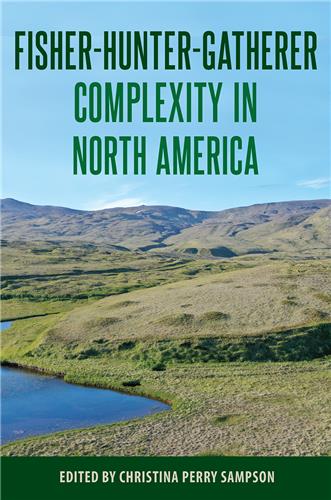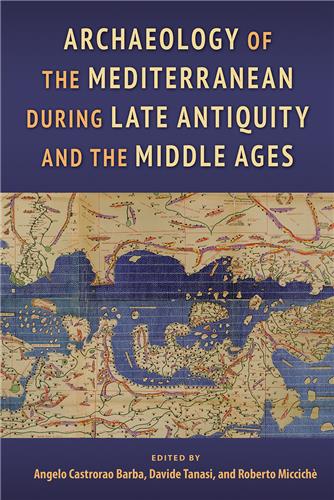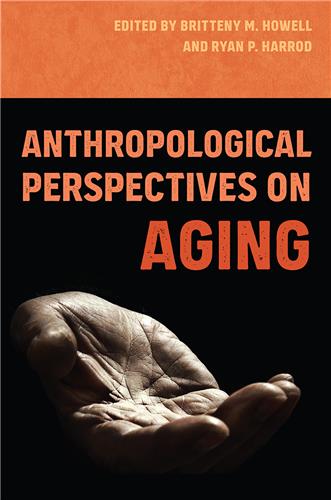This book details the Indigenous Taíno occupation at En Bas Saline in Hispaniola between AD 1250 and 1520, showing how the community coped with the dramatic changes imposed by Spanish contact.
Browse by Subject: Anthropology and Archaeology
Please note that while you may order forthcoming books at any time, they will not be available for shipment until shortly before publication date
This book explores the forms and trajectories of social complexity among fisher-hunter-gatherers who lived in coastal, estuarine, and riverine settings in pre-Columbian North America.
This volume examines how Mexican populations have been shaped both culturally and biologically by European colonization, drawing on methods from archaeology, bioarchaeology, genetics, and history and providing evidence for the resilience of the Mexican people in the face of tumultuous change.
This book presents multidisciplinary perspectives on Greece, Corsica, Malta, and Sicily from the fourth to the thirteenth centuries, an often-overlooked time in the history and archaeology of the central Mediterranean.
In this book, Robert Carr traces the rich 11,000-year human heritage of the Miami area from the time of its first inhabitants through the arrival of European settlers and up to the early twentieth century.
Based on two years of fieldwork in Honduras and New York, this study examines not only the transnational movements of Garifuna populations but also the impact that the complex racial and ethnic identity of the Garifuna have on their surrounding societies.
In this first systematic comparative study of Cuba and Puerto Rico from both a historical and contemporary perspective, contributors highlight the interconnectedness of the two archipelagos and encourage a more nuanced and multifaceted study of the relationships between the islands and their diasporas.
The first comprehensive discussion of the historical archaeology of homelessness, this book highlights the social complexities, ambiguities, and significance of the home and the unhomed in the archaeological record.
Taking a holistic approach to the study of aging, this volume uses biological, archaeological, medical, and cultural perspectives to explore how older adults have functioned in societies around the globe and throughout human history.
In this volume, contributors apply human behavioral ecology theoretical models to coastal environments around the globe and to the use of coastal resources by past human societies, showing how researchers can gain insights about human behavior in these settings.











